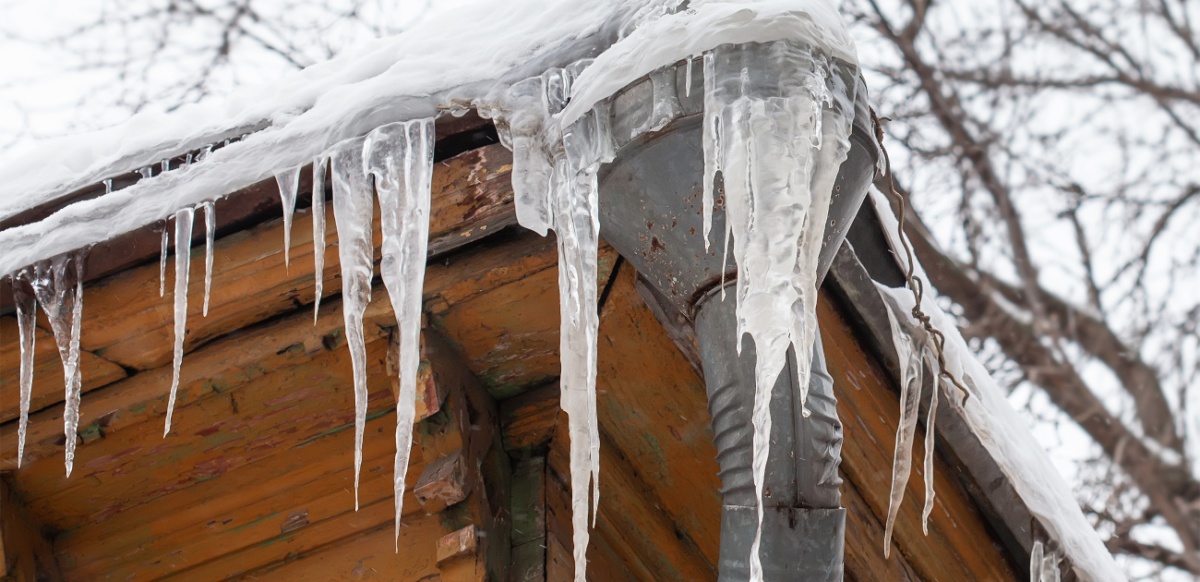Essential Tips to Prevent Frozen Plumbing in Cold Weather: Expert Insights
Essential Tips to Prevent Frozen Plumbing in Cold Weather: Expert Insights
Blog Article
We've unearthed this article relating to Preventing and dealing with frozen pipes listed below on the web and accepted it made perfect sense to share it with you in this article.

Cold weather can damage your plumbing, particularly by freezing pipes. Right here's exactly how to avoid it from occurring and what to do if it does.
Introduction
As temperatures decrease, the risk of frozen pipelines rises, possibly leading to costly fixings and water damages. Comprehending how to stop frozen pipelines is vital for house owners in cool climates.
Avoidance Tips
Insulating at risk pipes
Cover pipes in insulation sleeves or utilize heat tape to secure them from freezing temperature levels. Focus on pipes in unheated or outside locations of the home.
Heating methods
Maintain interior spaces appropriately heated, particularly areas with plumbing. Open up closet doors to permit warm air to circulate around pipes under sinks.
Exactly how to recognize icy pipelines
Search for reduced water circulation from taps, uncommon odors or noises from pipes, and noticeable frost on revealed pipes.
Long-Term Solutions
Structural adjustments
Consider rerouting pipes far from outside walls or unheated locations. Add extra insulation to attic rooms, basements, and crawl spaces.
Updating insulation
Purchase top quality insulation for pipelines, attics, and wall surfaces. Correct insulation assists maintain constant temperatures and minimizes the risk of icy pipes.
Safeguarding Exterior Pipes
Garden pipes and outside faucets
Separate and drain pipes garden tubes prior to winter. Mount frost-proof spigots or cover outdoor taps with protected caps.
Understanding Frozen Pipelines
What creates pipelines to ice up?
Pipelines ice up when subjected to temperature levels below 32 ° F (0 ° C) for extended periods. As water inside the pipelines freezes, it increases, putting pressure on the pipe wall surfaces and potentially creating them to burst.
Threats and damages
Frozen pipes can lead to water disturbances, residential property damage, and costly repair work. Ruptured pipes can flood homes and create comprehensive architectural damages.
Signs of Frozen Water Lines
Recognizing frozen pipes early can stop them from rupturing.
What to Do If Your Pipelines Freeze
Immediate activities to take
If you suspect frozen pipes, maintain taps open to alleviate pressure as the ice melts. Make use of a hairdryer or towels taken in warm water to thaw pipelines slowly.
Conclusion
Stopping icy pipelines calls for aggressive actions and quick responses. By recognizing the causes, signs, and preventive measures, house owners can shield their plumbing throughout cold weather.
5 Ways to Prevent Frozen Pipes
Drain Outdoor Faucets and Disconnect Hoses
First, close the shut-off valve that controls the flow of water in the pipe to your outdoor faucet. Then, head outside to disconnect and drain your hose and open the outdoor faucet to allow the water to completely drain out of the line. Turn off the faucet when done. Finally, head back to the shut-off valve and drain the remaining water inside the pipe into a bucket or container. Additionally, if you have a home irrigation system, you should consider hiring an expert to clear the system of water each year.
Insulate Pipes
One of the best and most cost-effective methods for preventing frozen water pipes is to wrap your pipes with insulation. This is especially important for areas in your home that aren’t exposed to heat, such as an attic. We suggest using foam sleeves, which can typically be found at your local hardware store.
Keep Heat Running at 65
Your pipes are located inside your walls, and the temperature there is much colder than the rest of the house. To prevent your pipes from freezing, The Insurance Information Institute suggests that you keep your home heated to at least 65 degrees, even when traveling. You may want to invest in smart devices that can keep an eye on the temperature in your home while you’re away.
Leave Water Dripping
Moving water — even a small trickle — can prevent ice from forming inside your pipes. When freezing temps are imminent, start a drip of water from all faucets that serve exposed pipes. Leaving a few faucets running will also help relieve pressure inside the pipes and help prevent a rupture if the water inside freezes.
Open Cupboard Doors
Warm your kitchen and bathroom pipes by opening cupboards and vanities. You should also leave your interior doors ajar to help warm air circulate evenly throughout your home.

We had been shown that editorial on Helpful Tips to Prevent Frozen Pipes this Winter through an acquaintance on a different domain. In case you enjoyed our article kindly remember to share it. We treasure reading our article about How to prepare your home plumbing for winter weather.
Visit Page Report this page